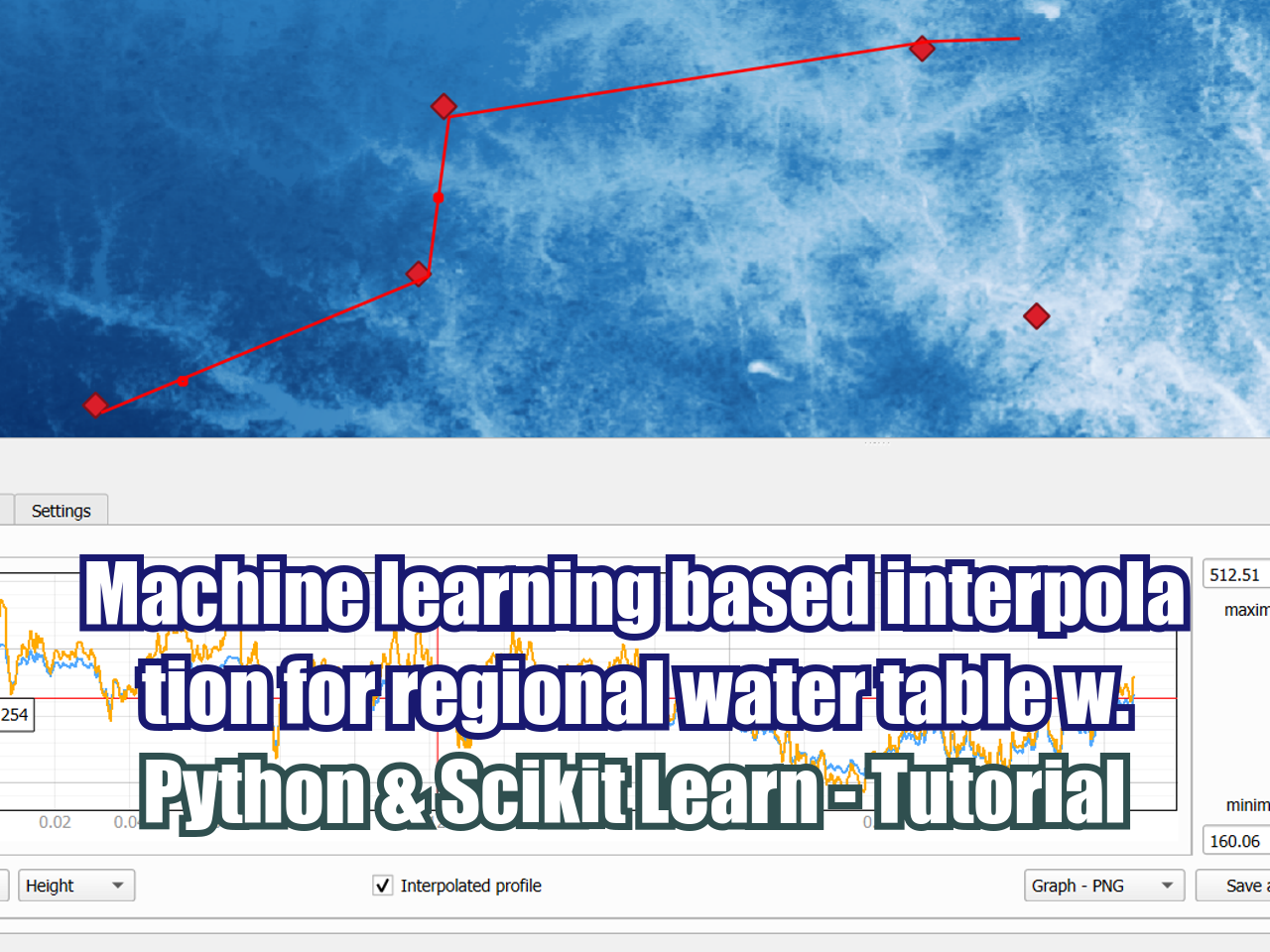Determination of Mining Projects Areas with Satellite Imagery and QGIS
/Our current working conditions require access to spatial information in short periods of time. Work planning tasks or quoting of services require data of distances, areas, proximities, medium elevations, among others. The data can be given by clients, organizations or by field monitoring, but they may not be available at the required moment. The use of geoprocessng tools of satellite imagery reduces the required time to have this information. Since QGIS is open source and the Landsat, MODIS and Aster images are free, this type of geoprocessing is versatile, economic and friendly for any user with basic/intermediate QGIS knowledge.
The aim of this tutorial is the determination of the area polygon of a mining project using certain Landsat 8 bands. The spatial analysis is done in QGIS with the Process complement.
Because speed matters
At first, we wanted to do this tutorial with standard QGIS tools, but then we decided to use the Process plugin because the processing speed matters.
Traditionally, a geoprocessing tool requires to specify an output file that can be vectorial or raster. If the process requires 6 to 9 steps, you will have the same amount of output files in case everything goes well. If we count the errors, we end up with a higher amount of data in our computers. These tasks of saving results as files require time, resources and are not well-organized. With the Process plugin, you can use raster or vectorial temporary files that are automatically added to the Layers Panel, which decreases significantly the time required by these processes.
We like to make tutorials and know that our tutorials are more appreciated if they don’t last too long. We hope you enjoy this effort of giving you high geospatial processing in QGIS in a short time.

























